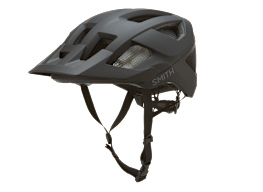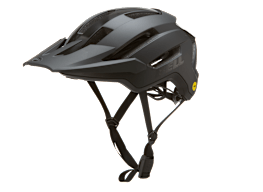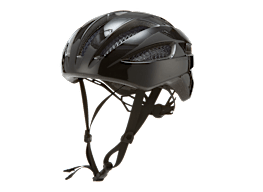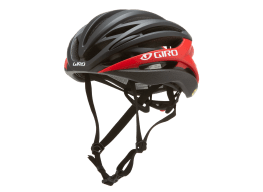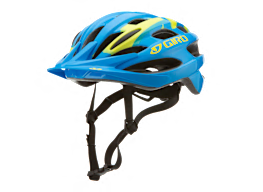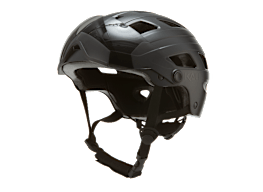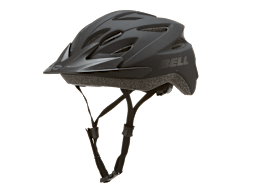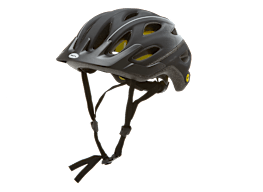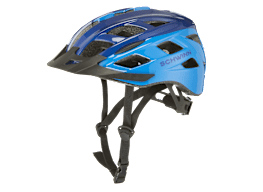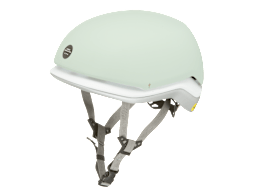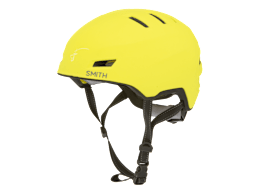7 Tips to Stay Safer While Cycling
Riding a bike is great low-impact exercise. Just getting back into it? These tips can help you avoid injury.
When you shop through retailer links on our site, we may earn affiliate commissions. 100% of the fees we collect are used to support our nonprofit mission. Learn more.

Hopping on a bike may make you more nervous than when you were a kid, but don’t let that stop you. Cycling is one of the best ways to exercise as you get older. "It’s low impact, so it’s often easier than walking or running, especially for those with osteoarthritis or other orthopedic issues," says Kyle Timmerman, PhD, a physical activity researcher at the Miami University of Ohio and an avid cyclist.
Riding outside also improves stability, balance, and spatial awareness. Some considerations can help make your ride safer and more enjoyable, especially if it’s been a while since you’ve been out for a ride.
Choose the Right Bike
"If you’re comfortable on the bike, you’re going to ride more and enjoy it more," says Leta Highsmith, a cycling instructor certified by the League of American Bicyclists. You can try out different bikes at a local cycling shop and get expert advice on the fit. Consider a three-wheeler if you have balance concerns or a recumbent bike if you have back problems.
Pedal-assist electric bikes are also an option. With extra power, you can go farther and climb hills faster but still get a workout. A 2020 study found that riders who traded regular bikes for e-bikes rode more than four times as many miles a day. Even if you already have a bike, getting it properly adjusted and tuned up can make a big difference, Timmerman says.
Safety Strategies
A bike helmet is essential for your safety (see "Get a Better Helmet Fit," below). But in general, the more prepared you are for cycling, the less likely you are to experience a fall or a crash where you’ll end up relying on that helmet.
Get a Better Helmet Fit
A helmet can protect you from serious injuries if you fall. If you need a new one, a few picks are below. (All-access members can see our rated helmets at CR.org/helmets.) The right fit is critical, though. Try on a helmet before you buy it so you can check the fit. Here’s how.
- Adjust the side straps so the helmet doesn’t obstruct your vision or rock back and forth when you shake your head. The front should be no more than the width of two fingers above your brow. Each side strap should form a V, with your ear in between.
- Adjust the chin strap so only a finger or two can slip between it and your chin. When you open your mouth wide, your jaw should pull the strap down.
Editor’s Note: A version of this article also appeared in the May 2023 issue of Consumer Reports On Health.

















